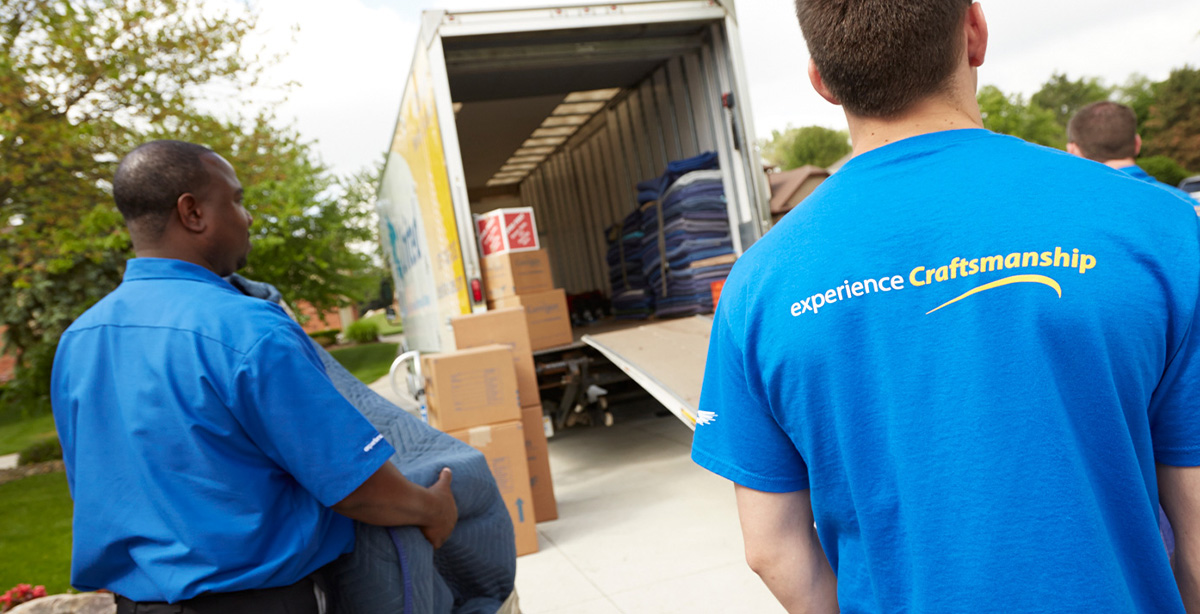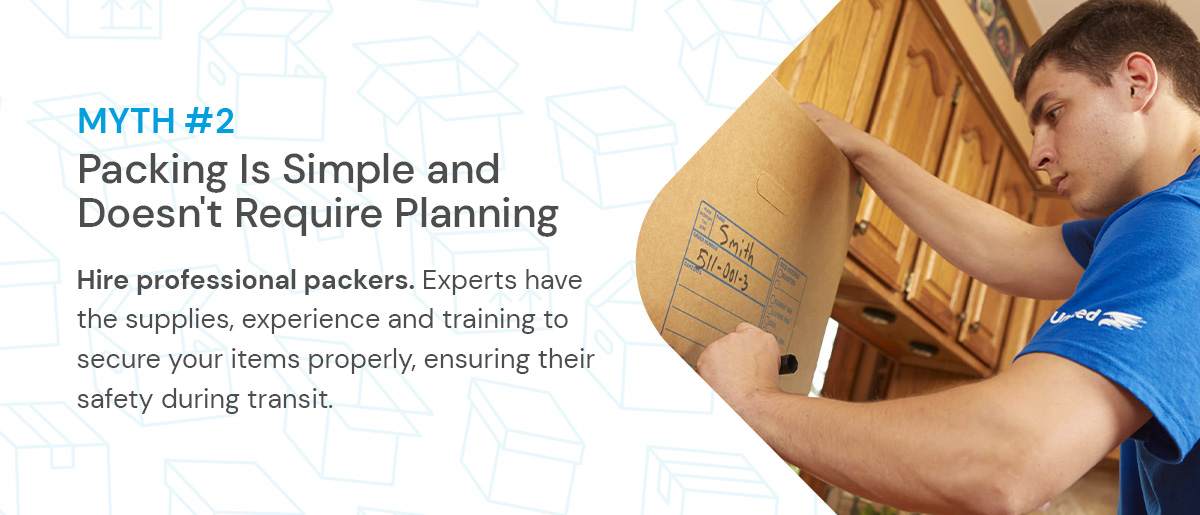
Let’s face it — long-distance moving is a big deal, and separating fact from fiction is crucial for a smooth and successful relocation. We’re here to debunk some of the most common long-distance moving myths, providing accurate information to help guide your decision and planning.
To debunk the myths, you first need to understand what constitutes long-distance moving. It is generally defined as a move that involves transporting your belongings and yourself across state lines, which is why it’s also referred to as interstate moving. This distance often triggers different regulations and pricing structures compared to shorter, local moves, so it’s important to be aware of the threshold.
If your move is within the same state, it is considered either a local move or an intrastate move, depending on the exact distance. Local moves are typically faster and more flexible than long-distance relocations, which involve extensive planning and coordination. Knowing the difference between a local and long-distance move is crucial for proper preparation and choosing the right services.
Long-distance moving services involve professional movers managing the transport of your belongings across state lines. They can include optional unpacking and unpacking services at an extra cost. Some companies provide specialized services like moving sensitive or bulky items and storage solutions.
Partnering with the right movers is crucial because it directly affects your belongings’ safety, the move’s efficiency and your overall stress level. For a smooth experience, look for a licensed and insured moving company with positive reviews and transparent pricing.
One of the most widely believed myths about long-distance moving is that handling it yourself will make it much cheaper. While it’s easy to think that DIY moving can help save money, it’s important to consider the hidden costs of moving independently.
First, you need to budget for renting a truck. Most truck rental companies charge per mile, and the trucks are known to be fuel-inefficient. As a result, the gas prices quickly add up over long distances.
You also have to consider packing material costs and potential damage to your belongings. Unexpected expenses like overnight accommodations and meals might also be part of the deal.
Hiring a professional makes more financial sense in most cases, especially for long-distance moves. Movers already have the resources you need, from packing materials to transportation. They offer services at competitive pricing and work efficiently, saving you time and effort.

Packing is more than putting items in boxes and calling it a day. It’s not something you can do the night before you move. You should start preparing weeks in advance by decluttering your space and organizing your belongings. On top of that, you need to gather packing supplies and make sure you have the right materials for the items you’re moving.
While packing might seem simple, it also requires skill to ensure that each item is packed securely. Improper packing and using the wrong materials can result in damaged or broken belongings. If you’re unsure about your packing skills, hire professional packers to handle it for you. Experts have the supplies, experience and training to secure your items properly, ensuring their safety during transit.
Another interstate moving myth is the idea that everything will go smoothly and you can stick to the timelines. The reality is that several factors can affect the timeline that you set for your move. Even with proper planning, you have to account for:
It’s essential to set realistic expectations to plan effectively for your move and avoid disappointment. Preparing for potential delays and challenges also allows you to implement backup plans.
Among many misconceptions about long-distance moving is that the day of the move is the most stressful part of the process. If you plan correctly, moving day should go smoothly. The real stress usually lies in the weeks leading up to the move, when you’re decluttering, packing, and finalizing all the details.
Moving day itself is mostly about coordination and communication. If you’re working with professional movers, they take over during this part and carefully load and transport your belongings. They minimize the burden, allowing you to focus on your fresh start. As long as they keep communication open throughout the process, you should enjoy a moving day that is much less stressful than the days leading up to it.
Here are a few frequently asked questions about long-distance moves.
Making sure your move goes as smoothly as possible involves several steps, from planning early and decluttering to labeling your belongings and preparing your home or commercial space for moving day. Working with a reliable moving company is crucial for a seamless long-distance move.
Choosing a reputable moving company requires much consideration to ensure you’re confident in your decision. Some of the things to look for include:
Here are a few things you should avoid once you start planning your long-distance move:
Exposing the truth behind these myths about long-distance moving showcases the importance of planning and working with a trusted professional to make your relocation more manageable. At Corrigan Moving Systems, we want to be the moving company you depend on for your move. We provide comprehensive long-distance moving services, as well as packing and storage solutions to accommodate all your needs.
With over 95 years of experience and a qualified team, we can deliver your belongings across distances with care and efficiency. Partner with us for a personalized and stress-free moving experience. Ready to start planning your relocation? Contact us to schedule a consultation today!